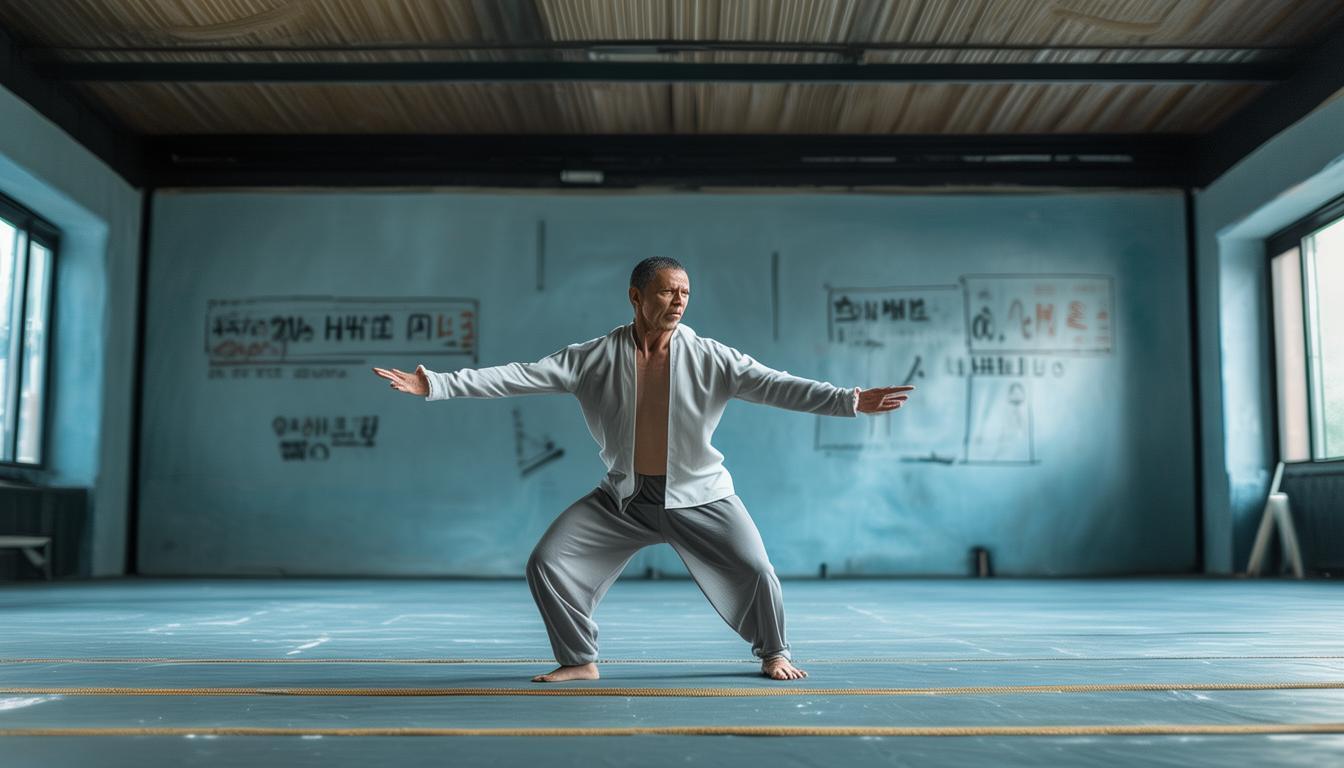Tai chi, with its slow and flowing movements, is an excellent way to enhance flexibility. It combines physical postures, breath control, and mental focus, which can gradually stretch and loosen our body joints and muscles, bringing significant benefits to flexibility development.
Gentle Movements
Tai chi features a series of gentle, continuous movements. Each movement flows smoothly into the next. For example, the "Cloud Hands" involves a wide range of circular arm motions. These motions gradually stretch the shoulder, elbow, and wrist joints. As you perform them slowly, you can feel the muscles around these joints being gently pulled, starting to warm up and loosen Tai Chi For Health , bit – by – bit improving your range of motion.
Core Engagement

Engaging the core is vital in tai chi. In postures like "Single Whip," the core muscles are activated to maintain balance and stability. When your core is strong,it provides better support to your spine. This support allows for more effortless twisting and bending of the torso. As a result Tai Chi And Diabetes Courses Online , the flexibility of the lumbar and thoracic vertebrae is gradually enhanced, and you'll find it easier to make those fluid body movements.
Balance and Stretch
Tai chi emphasizes balance. Standing on one leg in postures like "White Crane Spreads Its Wings" not only challenges your balance but also stretches the leg muscles. The standing leg supports the body weight while the floating leg stretches the hip flexors and hamstrings. As you improve your balance in these postures, you'll also be increasing the flexibility of your lower body joints, making movements in daily life more fluid.
Breath Connection

Breathing in tai chi is synchronized with movements. In inhalation, you expand your chest and torso, and in exercise, you contract them. This breath – movement connection helps in a better stretch of the diaphragm and intercostal muscles. Take the "Grasping Sparrow's Tail," for instance. As you inhale to draw the opponent in and exhale to push out tai chi exercises for flexibility , the body expands and contracts, effectively stretching the abdominal and back muscles, thus improving overall flexibility.
Long – Term Benefits
With long – term practice of tai chi, the increase in flexibility becomes more evident. Imagine being able to touch your toes more easily or turn your head and neck with less restriction. Over time, your joints become more lubricated, and your muscles more elastic. It's like lubricating the gears of a well – oiled machine, allowing your body to move more freely and gracefully.
Do you think tai chi could be a suitable flexibility exercise for you in your daily routine? If you find this article helps, please share and leave a comment!


